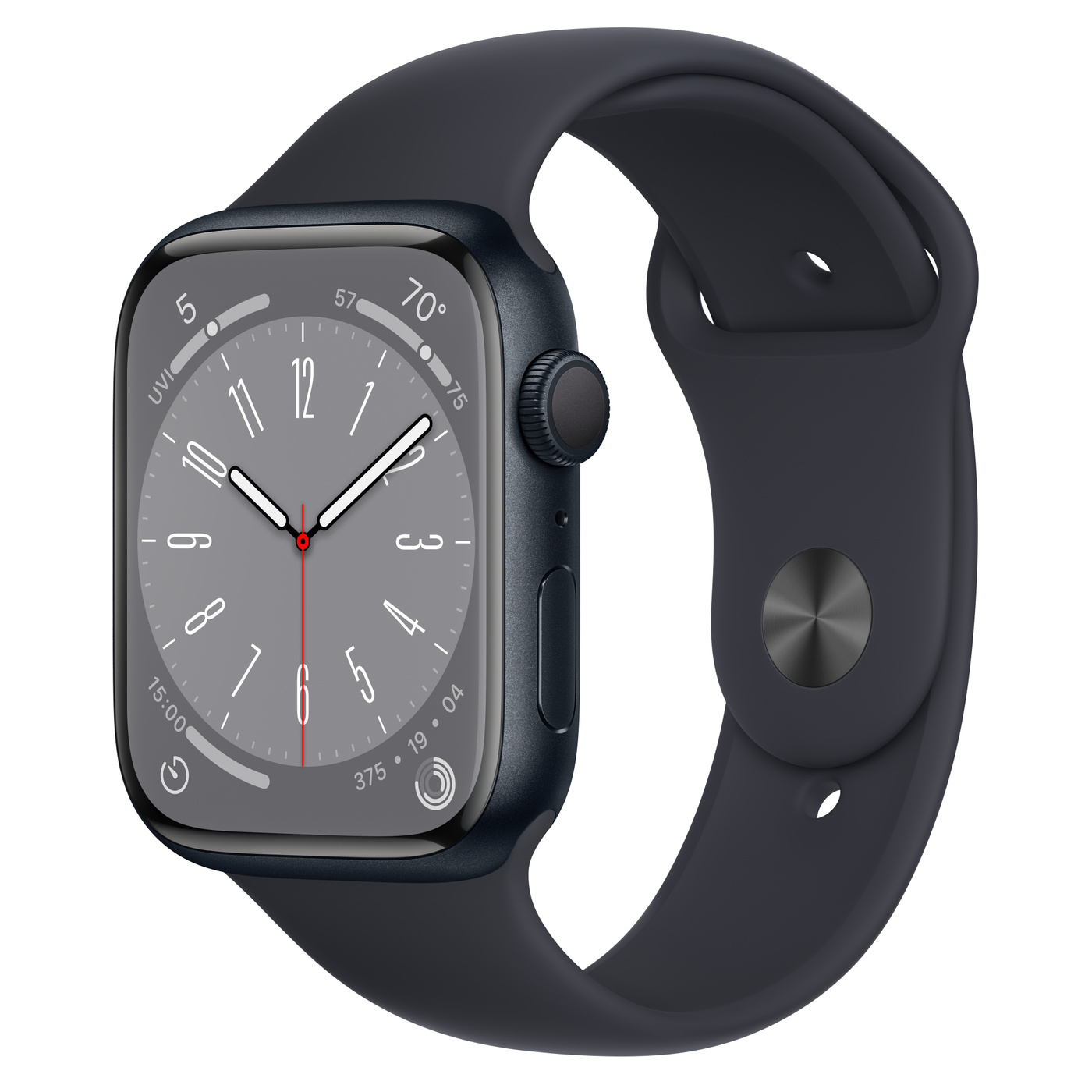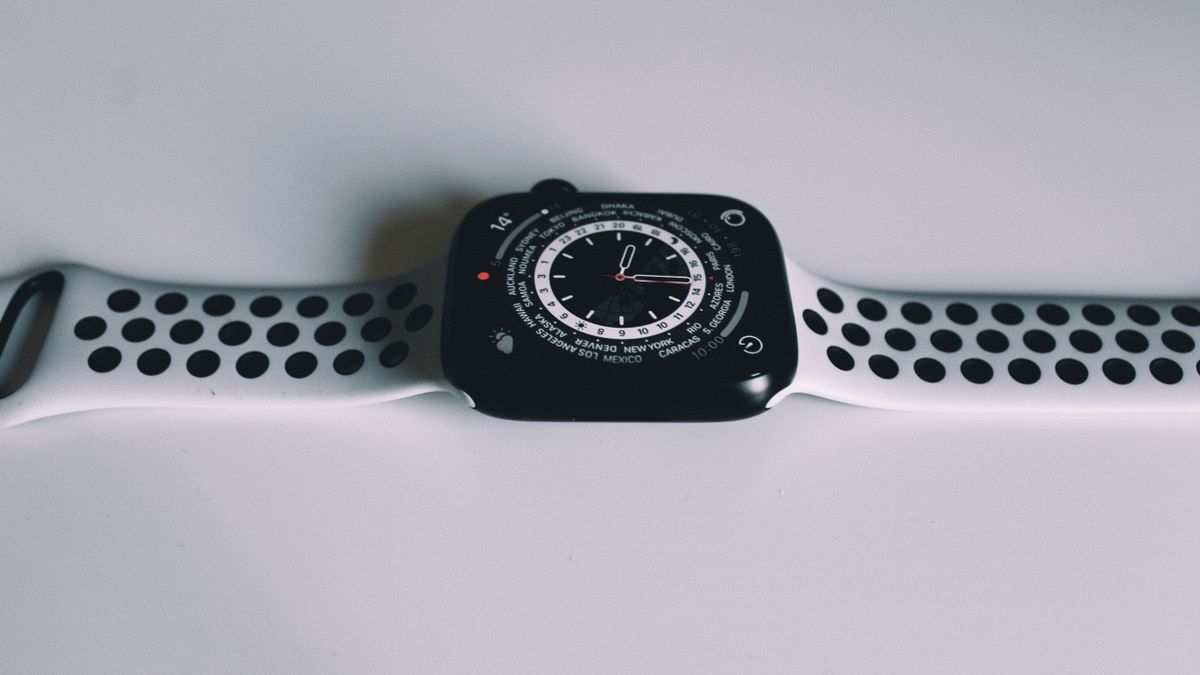After several months with the Apple Watch Series 8, I’m really happy with the product as a stalwart wearable that perfectly complements my iPhone. Yet it was definitely a fairly minor upgrade over the Apple Watch Series 7, and didn’t even get its own press release when Apple announced it.
Indeed, both the Apple Watch Series 8 and Apple Watch SE pale in comparison to Apple’s headline new wearable, the Apple Watch Ultra.
Make no mistake the Apple Watch Series 8 is an excellent piece of kit, it’s the best flagship watch the company has ever created. But can anyone on an older model seriously consider such an incremental upgrade? And can anyone on a budget afford not to opt for a cheaper model instead? Let’s find out.
Apple Watch Series 8: Price and availability
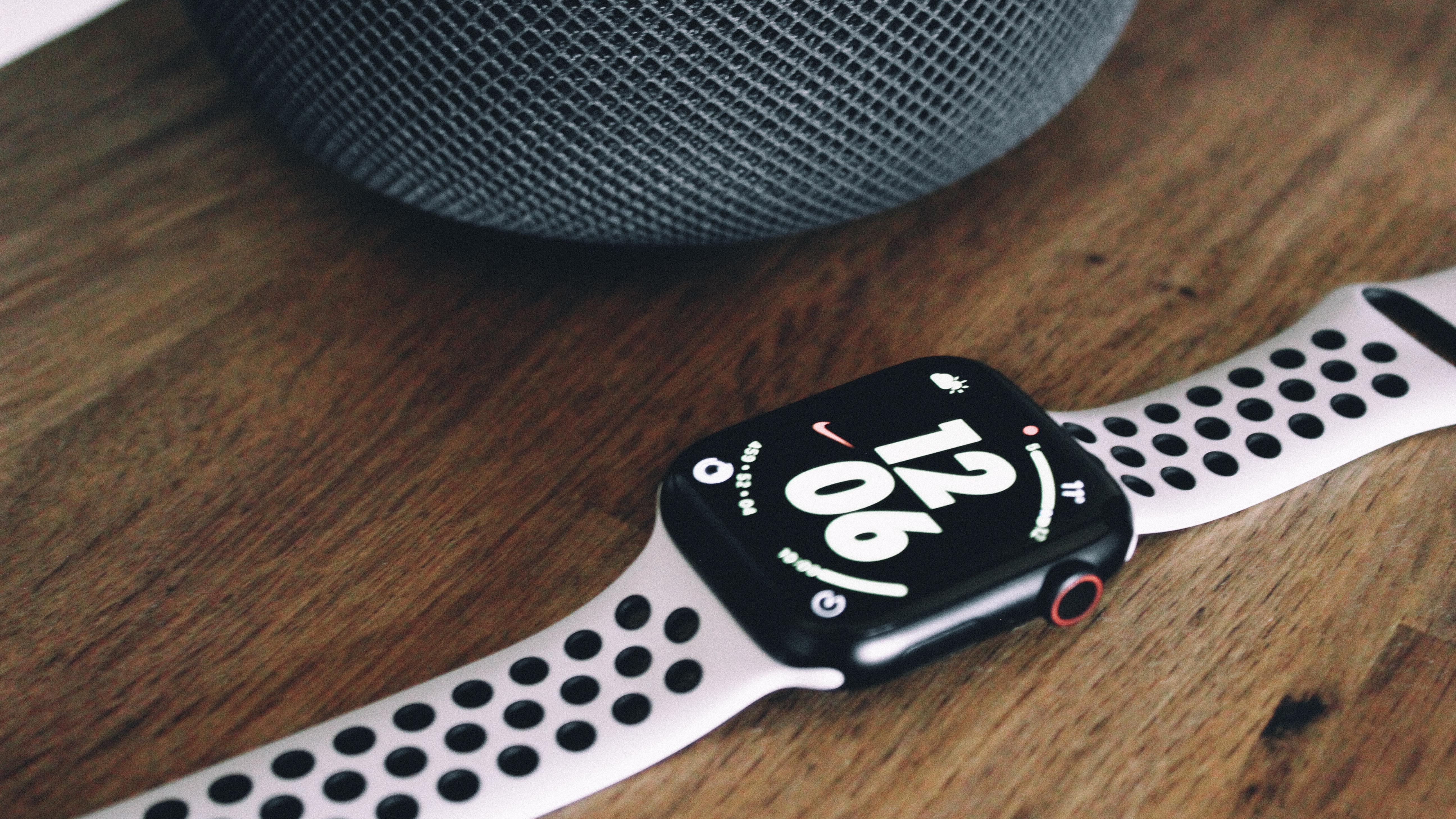
The Apple Watch Series 8 starts at $399, or £419, while the larger 45mm model starts at $429. As is always the case with Apple Watch, there are a multitude of configurations, finishes, and bands that will affect the price. Adding cellular capability to your watch usually costs about $100 extra, and the Stainless Steel finish starts at $699. More premium bands such as the Leather Link will also increase the price, as will choosing a very pricey Hermes option.
| Row 0 – Cell 0 | 41mm | 45mm |
| Aluminum GPS | $399 | $429 |
| Aluminum GPS + Cellular | $499 | $529 |
| Stainless Steel GPS + Cellular | $699 | $749 |
| Hermès | $1,229 | Row 4 – Cell 2 |
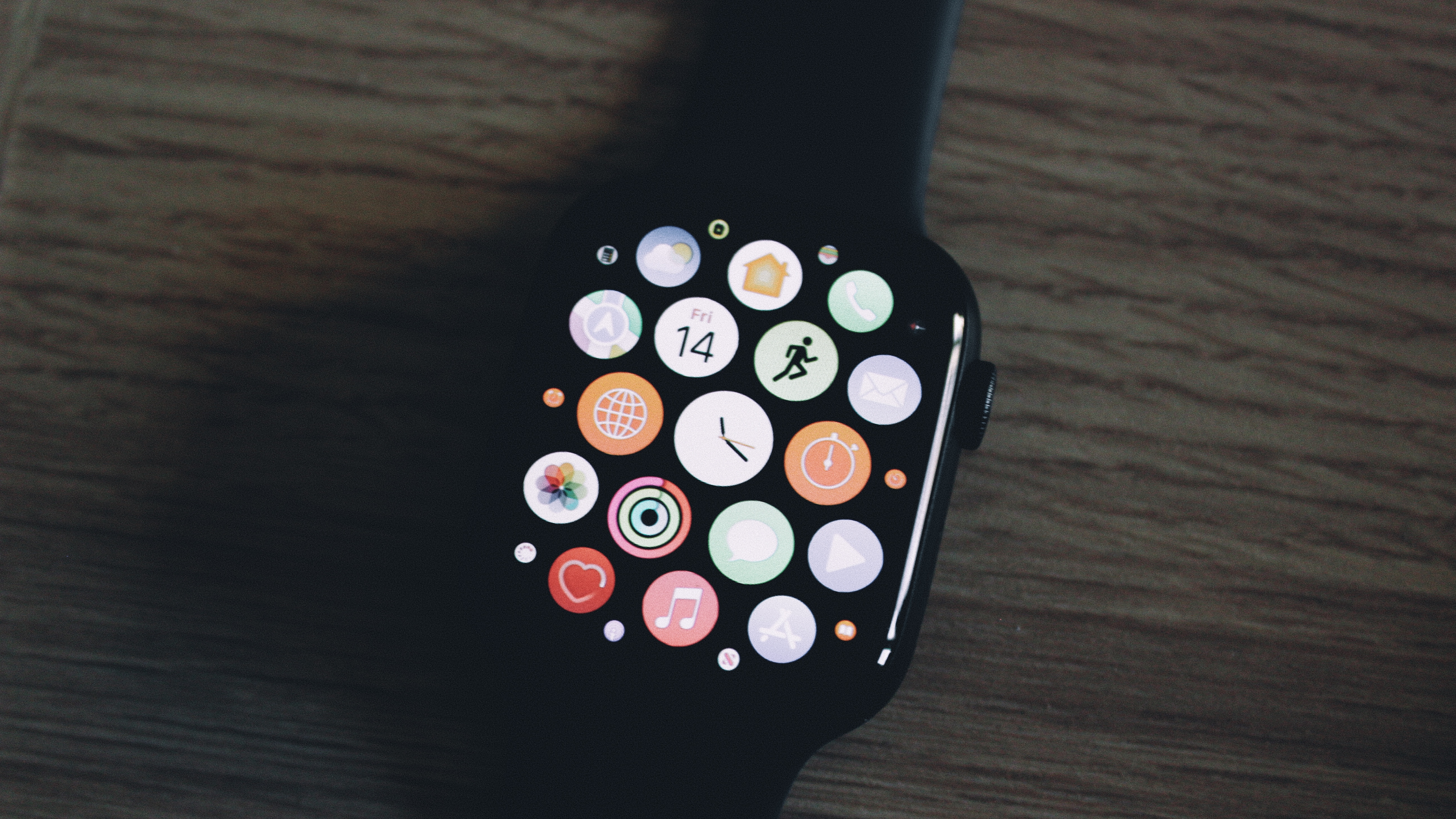
Apple Watch is available from Apple.com, all the usual premium resellers, and certain mobile carriers who offer it as part of mobile phone plans or on separate Apple Watch plans, although you usually need a phone plan with the carrier to take advantage of this.
Apple Watch Series 8: Design and Display
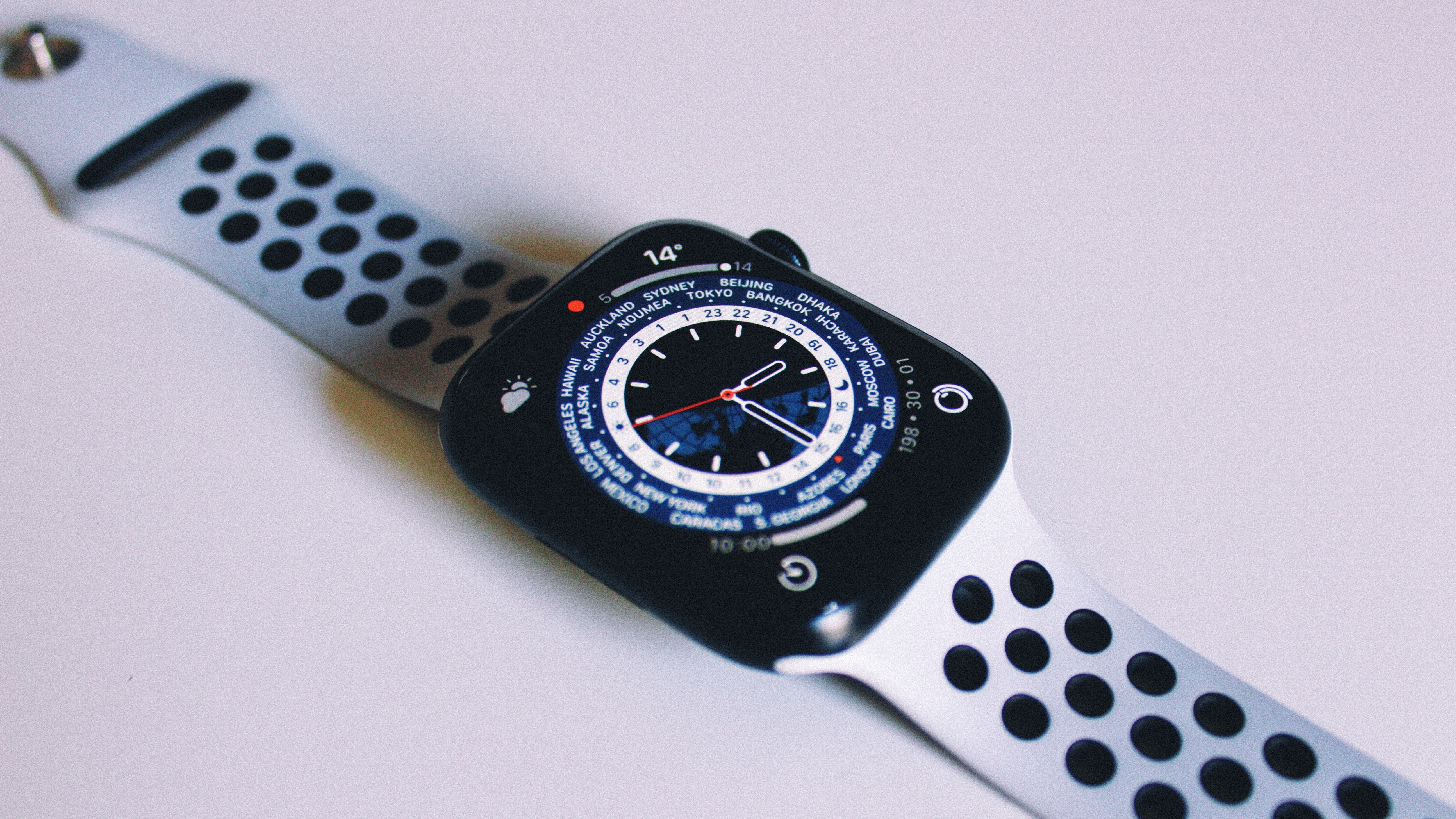
If you like the design of the Apple Watch Series 7 I have great news, the Apple Watch Series 8 is identical to the previous model. That means the same edge-to-edge front crystal and both aluminum and stainless steel finishes. The Series 8 remains crack and dust-resistant and water-resistant as well as swim-proof.
Apple Watch Series 8 sports the same tried and trusted design as all of its predecessors, with a screen, the Digital Crown, and one easy-to-use side button. The Digital Crown remains the best way to navigate on Apple Watch, with tactile scrolling that makes quick navigation a breeze.
The biggest thing I’ve noticed about the new Apple Watch Series 8 display is that it scratches very easily. I’ve had it for about five months now and my screen is absolutely littered with scratches in a way Series 6 and Series 7 just weren’t after this much use. I haven’t changed anything about my Apple Watch use habits, if anything I wear a watch less now than I ever did using previous models, yet the glass seems softer than ever before. This is the price you pay for shatter and crack resistance, but I’ve been pretty disappointed with just how vulnerable the screen has proved this year.
The Series 7 had an excellent design thanks to the major upgrade in screen real estate. If you passed on that upgrade last year, this is an excellent reason to buy Series 8. The larger screen transforms the user experience, with buttons much easier to press and information much easier to read. Everything you do on the Watch is done through its display, so having a larger display is a dream when it comes to reading and using it. As I noted in our Series 7 review, I used to even struggle to enter my four-digit passcode on Apple Watch, but now it has an almost-usable QWERTY keyboard and Watch Faces that display a wealth of information. Apple Watch stands out against a lot of competitors thanks to its squarer design, which in my opinion gives a much better user experience than something like a circular Pixel Watch when it comes to displaying information. Aesthetic wise I also prefer this.
The design of Series 8 isn’t disappointing, but it hasn’t really improved. Indeed, there’s no reason here to move beyond Series 7. However, it is a more considerable update on Series 6 and other older models.
There’s one new Silver aluminum color to speak of, otherwise, color options remain the same as last year with Midnight (reviewed here), starlight, and (PRODUCT)RED. There are four Stainless Steel options of Gold, Graphite, Silver, and Space Black. Don’t be put off by Midnight’s technically-blue shades, this is basically a black Apple Watch that is as neutral as neutral can be. Despite being the budget option the aluminum finishes remain of very premium quality.
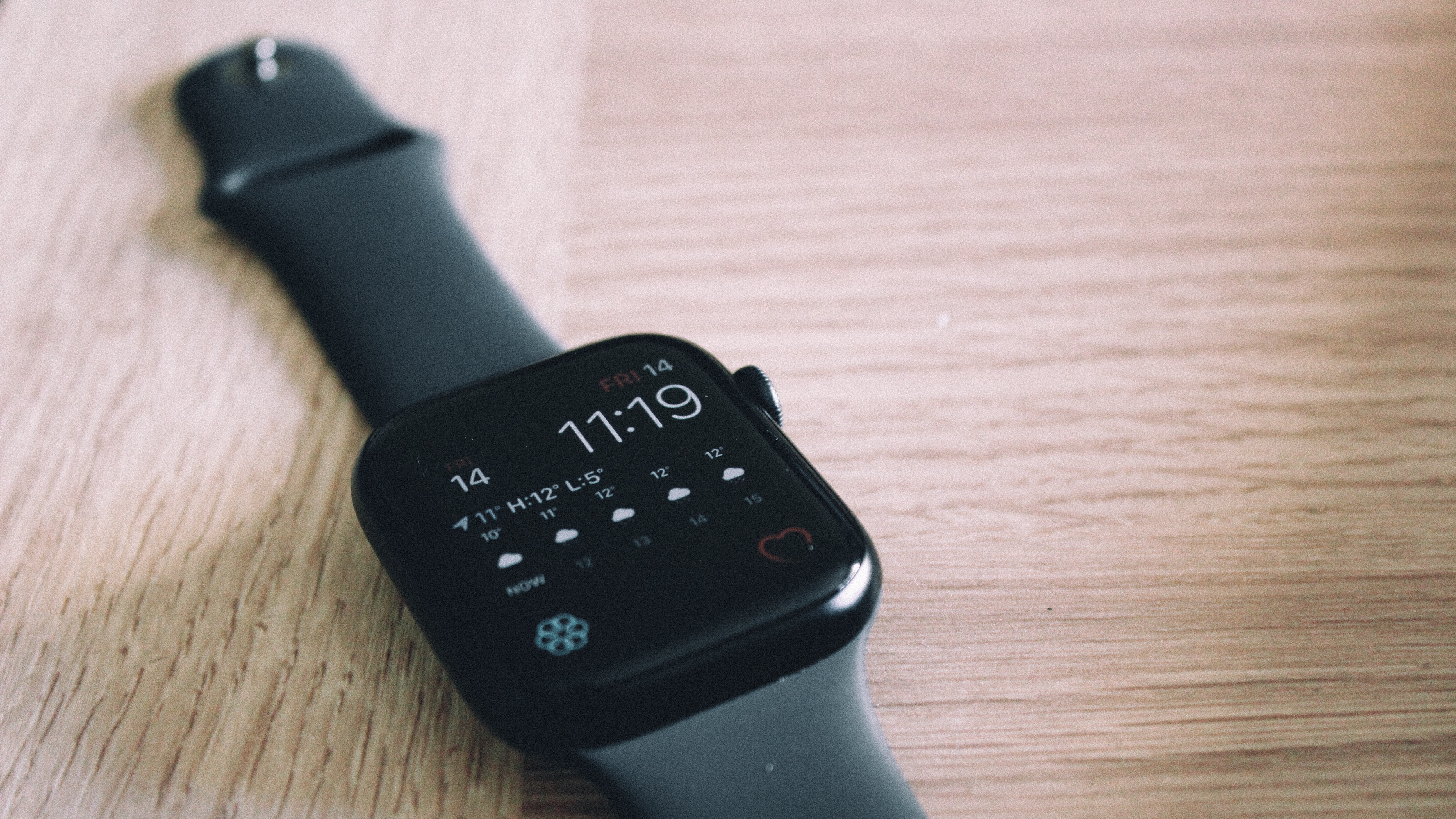
Like the Series 7, the Apple Watch is a bit bigger than its predecessors such as the Series 6 and SE. However, you’d be surprised how little the extra screen real estate actually intrudes on your wrist.
The 41mm model retains the same 352 by 430 pixels and 904 sq mm display as Series 7, likewise, the 45mm version offers a 396 by 484 pixels 1143 sq mm display.
If you’re coming from a 40/44mm watch you’re getting around 20% more screen real estate, and 50% more than the Series 3 you should have ditched years ago.
The Series 8 remains a fantastic piece of design, like the Series 7 before it, mostly thanks to the excellent display. But if you’re expecting big changes, this isn’t the watch for you.
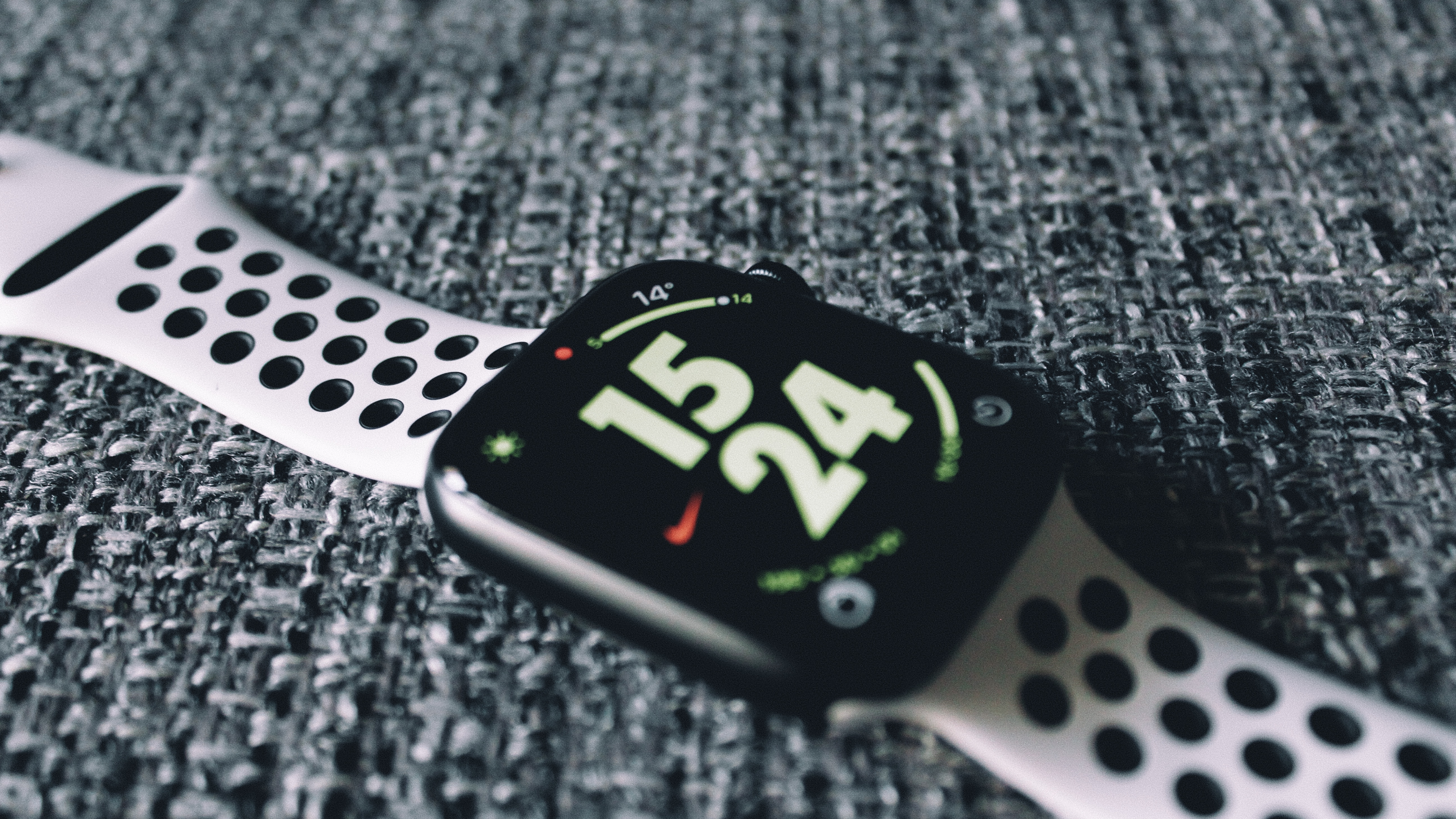
Apple Watch Series 8: Health and Safety
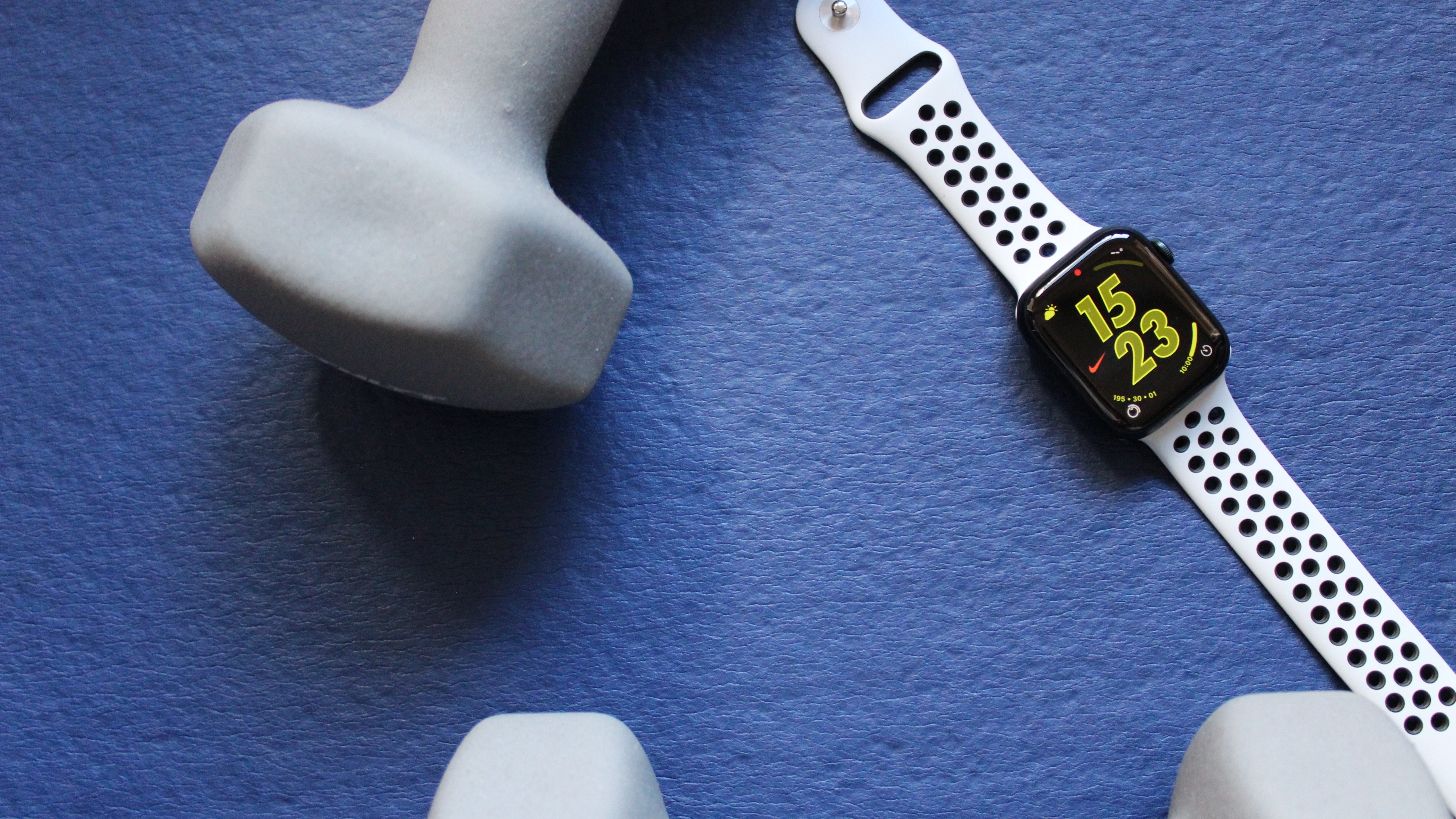
Apple Watch Series 8 offers all of the same health functionality as Series 7. That means you’re getting potentially life-saving features like ECG, fall detection, blood oxygen monitoring, and more. However, it also adds a couple of new features exclusive to Series 8 this year, which represent the stand-out elements of this year’s watch.
Temperature sensing on Apple Watch can be vital in family planning and ovulation health, as wealth as indicating more general illness or changes in your well-being.
The first is Crash Detection. Apple Watch Series 8 features a new gyroscope and accelerometer that can detect car crashes of up to 256Gs, including head-on, rear-end, side-impact, and rolling your car over. This couples with the microphones on iPhone 14 to establish if a car crash has actually taken place before automatically contacting emergency responders with your location. Luckily, we didn’t have the chance to test this, however, there have been early instances of the feature triggering 911 calls on rollercoasters, possibly indicating it may not be foolproof.
The other big upgrade is temperature sensing with a specific focus on women’s health. The Apple Watch Series 8 features not one but two temperature sensors, one near the skin that can measure your body temperature, and another under the display that measures the temperature of your environment to detect bias. Now it’s important to note that this can’t deliver an instant temperature reading like it can a heart rate. Rather, it samples your temperature overnight to give you tracking while you sleep. Not only can this pick up shifts in temperature caused by illness and jet lag, but it can also give users retrospective ovulation estimates to help with family planning and period predictions. This could be a standout feature for some users, and as noted temperature and crash detection are two of the only main new features on Apple Watch Series 8.
Apple Watch Series 8: Battery and Performance

The Apple Watch Series 8 offers exactly the same battery life performance as the Series 7, which Apple says is 18 hours on a full charge. This obviously depends a lot on what you use your watch for, but 24-hour use including tracking your sleep continues to elude Apple Watch. This means that at some point during your day you will have to remove your watch and charge it, which is probably fine if you work from home, but probably less convenient if you spend a lot of time traveling or away from a charger.
Apple Watch Series 8 does benefit from a new Low Power mode in watchOS 9 and I have really enjoyed using this feature. This is a long-awaited upgrade that turns down some power-hungry features without totally compromising the functionality of the watch like Power Reserve. However, this is a setting now be available on Apple Watch models from the Series 4 onwards through the software tweaks, so simply isn’t a reason to upgrade. If you’ve got a Series 7 then you won’t notice any improvements in battery life over the previous model.
In fact, after a few weeks of use, the Apple Watch Series 8 battery, like the Series 7 before, remains something of an annoyance. Not bad, just annoying. It is pretty much good for about the 18 hours that Apple says it is, but then this leaves users with the difficulty of judging when to charge it. If you don’t wear your watch for sleeping, this is not an issue — you can get a full day’s use and charge it overnight, rinse and repeat.
However, Apple touts sleep tracking, especially with Apple Watch Series 8’s new temperature sensor, as a fundamental health benefit of having an Apple Watch. Users who want to sleep with the Watch on will need to charge it before bed, which is fine as long as they remember to do this (Apple Watch does have helpful alerts for charging). If you don’t, you can still rely on fast charging to get just enough juice to see you through the night, but then you’ll be left wanting for battery in the morning. I like to wake up and go straight to the gym, using my Apple Watch to track my workout, so waking up to a dead or dying Apple Watch is a huge pain and seems to happen to me far too often.
Maybe I’m just careless and don’t charge my watch enough, but I think it would be a much simpler and better experience if the Watch put out 24 hours of battery life. This is another reason why the Apple Watch Ultra far outshines the Apple Watch Series 8 as an upgrade choice this year, with users reporting a battery life of two or even three days of full usage.
Battery aside, the Series 8 remains as snappy in performance as its predecessor, but there aren’t any hardware acceleration upgrades to speak of, so there is no performance benefit to be gained by upgrading. If you have an Apple Watch Series 5, SE, or earlier, buying a Series 8 will definitely see a notable jump in snappiness and performance because the chip is 20% faster than its predecessors.
Out of the box, the Apple Watch remains very simply to set up and pair with your iPhone, if you have a Watch already, you’ll be able to call on your backup of a previous device, and new users will be walked through a very straightforward setup process.
Apple Watch Series 8: watchOS 9
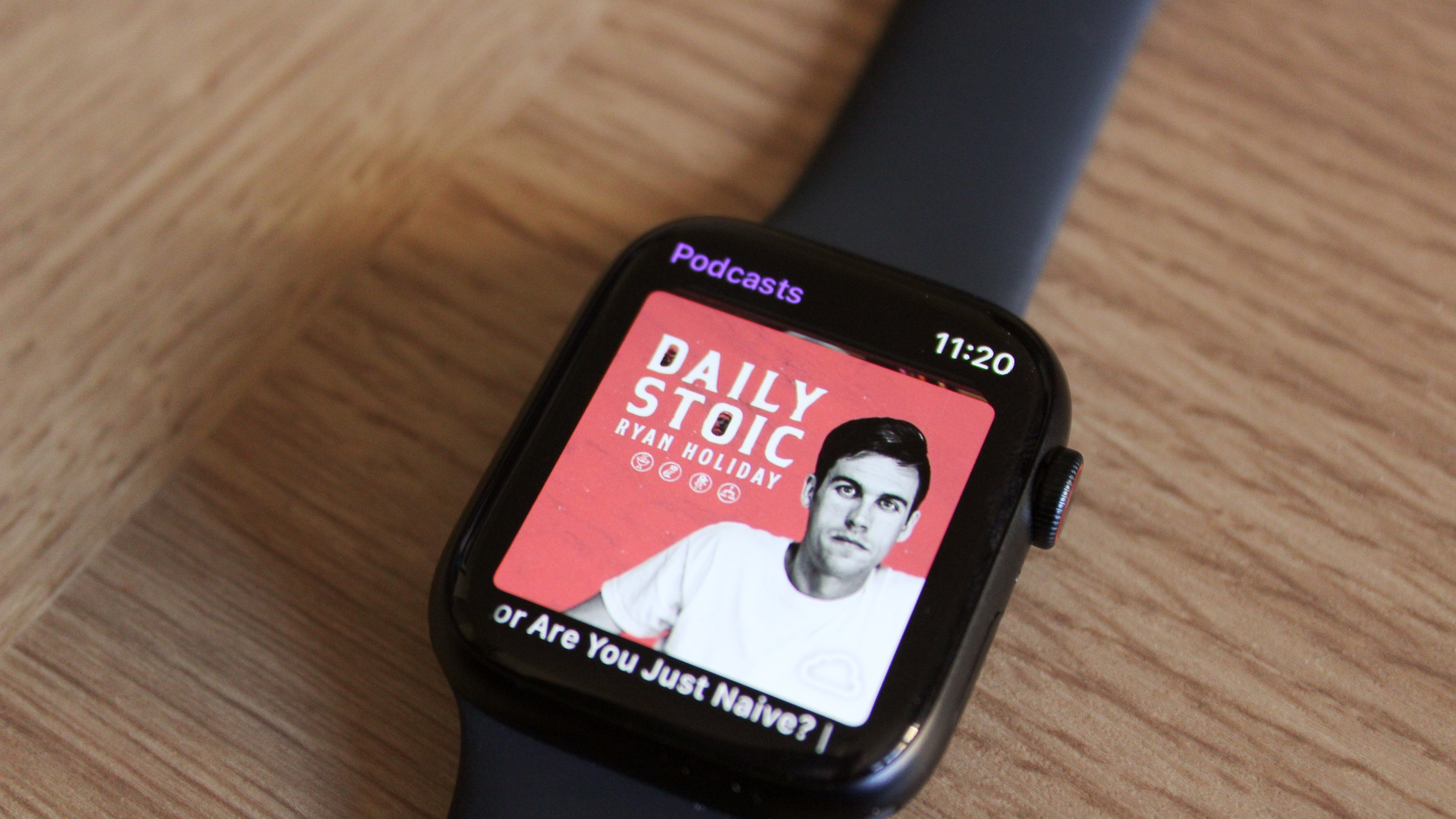
You can read the ins and outs of what’s new and cool with the Apple Watch software in our watchOS 9 review, so I’ll direct you there rather than cover too much old ground. However, suffice it to say that watchOS 9 is arguably a much bigger upgrade for Apple Watch this year than the Series 8 hardware itself is.
It brings international roaming, a new compass feature, Nike Apple Watch faces (FINALLY), AFib history, and a brilliant new Low Power Mode. The latter lets users put their watch into a low-power state while retaining at least some functionality of the watch such as activity tracking. It is a huge breath of fresh air after the bane of Power Reserve and adds a huge chunk of battery life to any Apple Watch from the Series 4 onwards.
However, because it is available for the Series 4 onwards, it gives a huge new lease of life (especially battery life) to all of Apple’s recent Apple Watch models. This is arguably one more reason not to buy the Series 8 and instead stick with the Apple Watch you already have. It could be time to remind yourself of some Apple Watch tips and tricks too if you’re new to the concept.
Apple Watch Series 8: Competition
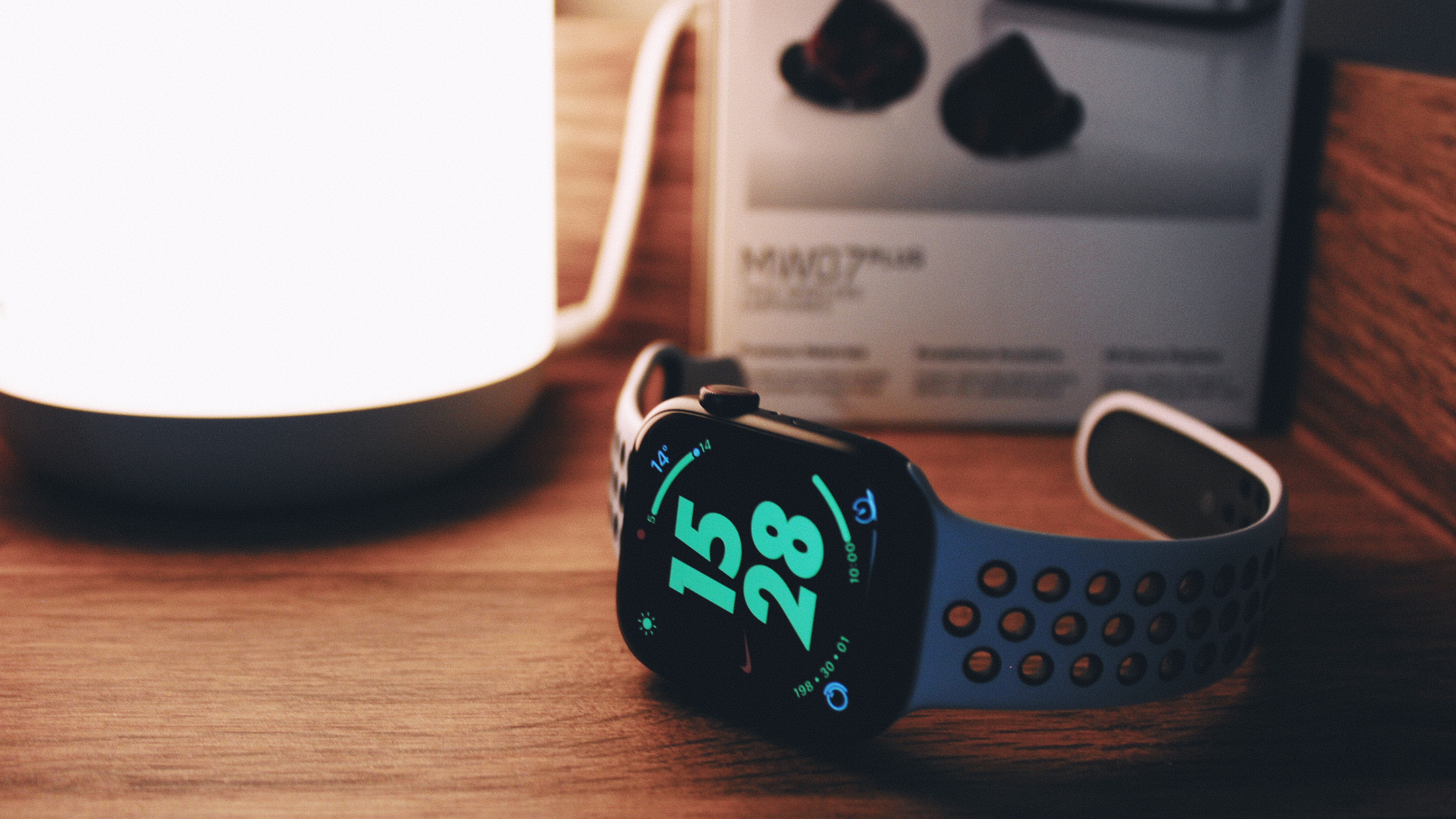
There isn’t much in the way of competition for the Apple Watch, mostly because it is inextricably linked to the iPhone. If you’re an iPhone user, you aren’t going to want to buy an Android-based alternative, and likewise, Android users won’t be able to use Apple Watch. That means the Apple Watch Series 8 mostly competes with other Apple Watch models, notably the new Apple Watch Ultra, and Apple Watch SE.
As you can read in our Apple Watch Ultra review, the new Ultra model is actually a fantastic model for almost everyone, not just those focused on the great outdoors and rugged durability. It’s arguably cooler than the Apple Watch Series 8, has much better battery life, lots of unique features, and has a lightweight Titanium design. Yes, it is rather more expensive than the Series 8, and 49mm is a larger form factor, but the Apple Watch Ultra is a huge leap on anything wearable Apple has made in several years. If you’re in the market for an Apple Watch right now and can afford to push the boat out, I would certainly recommend the Apple Watch Ultra over the Series 8 right now, especially if battery life and durability are important to you. If you prefer the design of the Series 8, you can also save by buying the Series 7.
On the other end of the spectrum is the new Apple Watch SE, which delivers some but not all of the great features of the Apple Watch at considerably lower prices. You won’t get Sapphire crystal or the choice of stainless steel, and the SE is missing blood oxygen sensing and the ECG function, as well as temperature sensing and the new accelerometer for crash detection. However, you will get workout tracking, the same battery life, the same chip, and a broadly similar design, albeit with a slightly more dated design and larger borders around the screen.
Given the fairly incremental upgrades, you could also save yourself some money by getting the Apple Watch Series 7, which is certainly a great choice for most users. The problem with Apple Watch Series 8, like iPhone 14, is that Apple offers better products for all types of needs. If users can afford it, there is a more expensive, high-end option with far more capability, and if users want to save money and are budget conscious they can spend far less with very little compromise. The Series 8 is an incredibly niche device this year, and almost impossible to recommend as a result.
If your primary concern is fitness, you could save even more money by buying a fitness tracker that doesn’t have all the bells and whistles of a smartwatch, such as one of the best fitness trackers.
Apple Watch Series 8: Should you buy it?
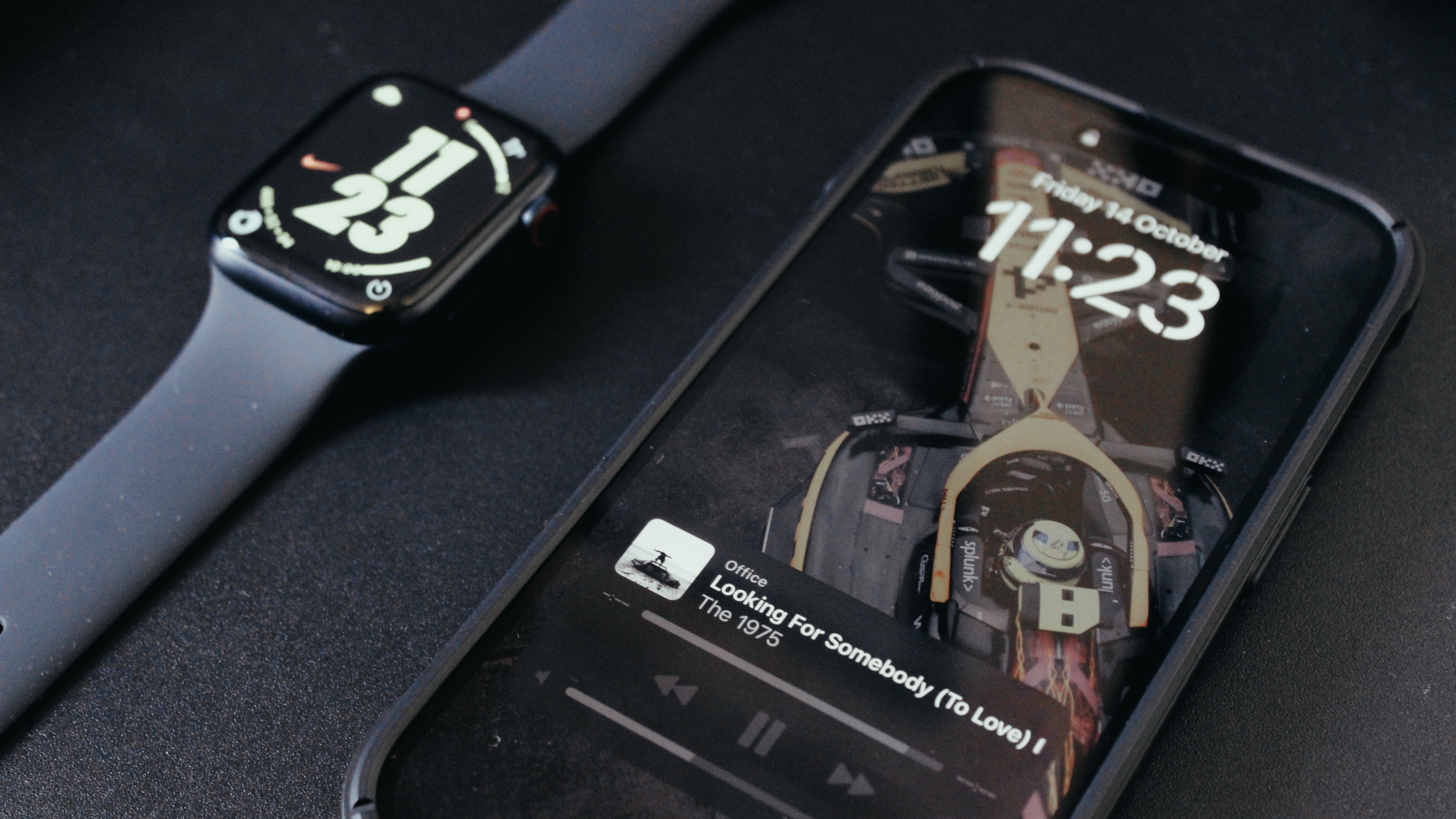
You should buy this if:
You can’t afford Apple Watch Ultra
If you’ve got the money, the Ultra is the way to go this year. With its incredible battery life and funky design, the Ultra shines as the standout Apple Watch in this year’s lineup.
The Apple Watch SE doesn’t quite cut the mustard
If the Apple Watch SE is too much of a compromise, you could just about justify the Apple Watch Series 8, even then, I would recommend the Series 7.
Temperature sensing and ovulation tracking are important to you
This is a key upgrade to Apple Watch this year, and you won’t find it on previous models. But remember, it can’t provide your temperature on the spot.
You want the safest Apple Watch without the price of the Ultra
Apple Watch Series 8 delivers key new safety features including Crash Detection which you won’t find on older devices.
You should not buy this if:
You want the best Apple Watch money can buy
The Apple Watch Ultra is the best Apple Watch going and improves on Series 8 in several key ways.
You’re on a budget
You could save money buying either the Apple Watch Series 7 or Apple Watch SE, there simply isn’t enough in Apple Watch Series 8 to justify spending more.
You don’t have an iPhone
You can’t use an Apple Watch without an iPhone, but there are plenty of great Android smartwatch options out there. Just remember, Apple Watch needs an iPhone to work.
You’re only interested in fitness
You could also save money by picking a fitness tracker if you won’t need any extra functionality.
Unlike Apple Watch Series 7, the Apple Watch Series 8 really struggles to stand out in the lineup this year. It’s a great piece of kit, no doubt the best flagship Apple Watch the company has ever made. Yet it has been completely overshadowed by the Apple Watch Ultra this year, while budget-conscious users will definitely want to look elsewhere. Strangely, one of the best Apple Watches ever made, yet totally unremarkable.
Apple Watch Series 8: Verdict
As I’ve hinted at multiple times, the Apple Watch Series 8 is an incredibly well-made and capable device, no doubt the best flagship smartwatch the company has ever made if you consider the SE to be its budget offering and the Ultra to be a specialist device.
Yet there are so few upgrades in this year’s model that it is extremely difficult to recommend it to really anyone. Users of the Apple Watch Series 7 do not need to upgrade, and users of older devices could save more money buying the Series 7 without missing out.
There is no fresh design or display to speak of, and very limited and quite niche new features such as temperature sensing and crash detection. The battery life remains quite frustrating thanks to the aforementioned lack of 24-hour support, which can make battery life feel like a bit of a lottery. There’s definitely enough juice to get you through a regular day including multiple workouts and usage, but that will leave you short when it comes to bedtime and sleep tracking, or worse in the morning when you wake.
watchOS 9 is another solid iteration in the Watch software life cycle, yet paradoxically it makes the Series 8 less enticing thanks to a number of upgrades that breathe new life into older models, notably Low Power Mode.
As I’ve said, Series 8 is an enigma this year thanks to Apple Watch Ultra and the refresh of the SE. If you’re budget conscious or looking to save money and you’re in the market for an Apple Watch right now, I’d recommend either the SE or the Series 7. If you truly want the best Apple Watch money can buy, then save up a bit more and go for the Apple Watch Ultra, which despite its rugged appearance and special focus is actually the best Apple Watch for most people.
